Zhongnan Zhang
Domain-Adversarial Multi-Task Framework for Novel Therapeutic Property Prediction of Compounds
Sep 28, 2018
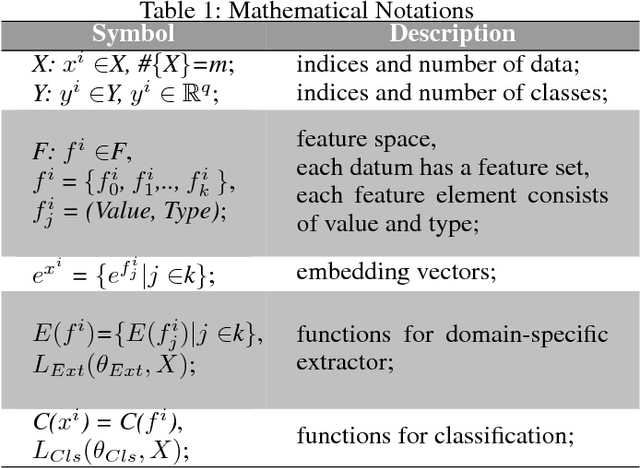
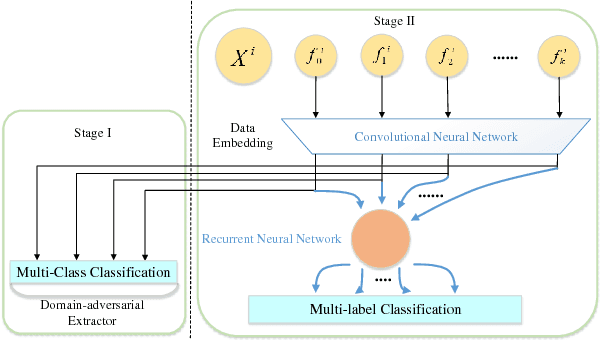
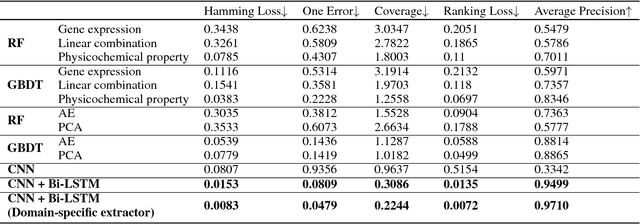
Abstract:With the rapid development of high-throughput technologies, parallel acquisition of large-scale drug-informatics data provides huge opportunities to improve pharmaceutical research and development. One significant application is the purpose prediction of small molecule compounds, aiming to specify therapeutic properties of extensive purpose-unknown compounds and to repurpose novel therapeutic properties of FDA-approved drugs. Such problem is very challenging since compound attributes contain heterogeneous data with various feature patterns such as drug fingerprint, drug physicochemical property, drug perturbation gene expression. Moreover, there is complex nonlinear dependency among heterogeneous data. In this paper, we propose a novel domain-adversarial multi-task framework for integrating shared knowledge from multiple domains. The framework utilizes the adversarial strategy to effectively learn target representations and models their nonlinear dependency. Experiments on two real-world datasets illustrate that the performance of our approach obtains an obvious improvement over competitive baselines. The novel therapeutic properties of purpose-unknown compounds we predicted are mostly reported or brought to the clinics. Furthermore, our framework can integrate various attributes beyond the three domains examined here and can be applied in the industry for screening the purpose of huge amounts of as yet unidentified compounds. Source codes of this paper are available on Github.
Effective and Extensible Feature Extraction Method Using Genetic Algorithm-Based Frequency-Domain Feature Search for Epileptic EEG Multi-classification
Jan 22, 2017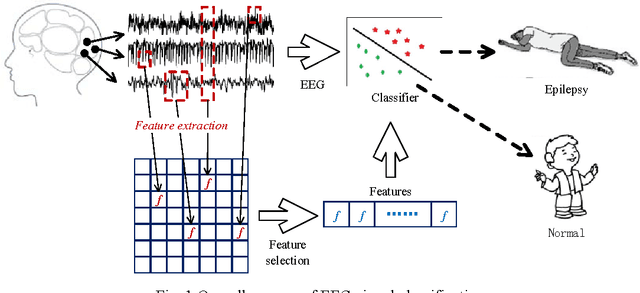
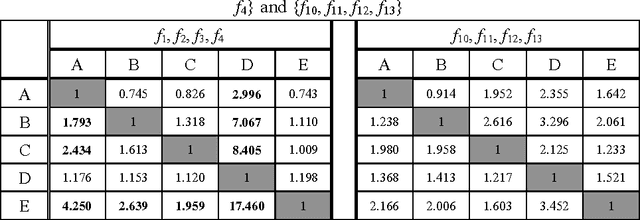
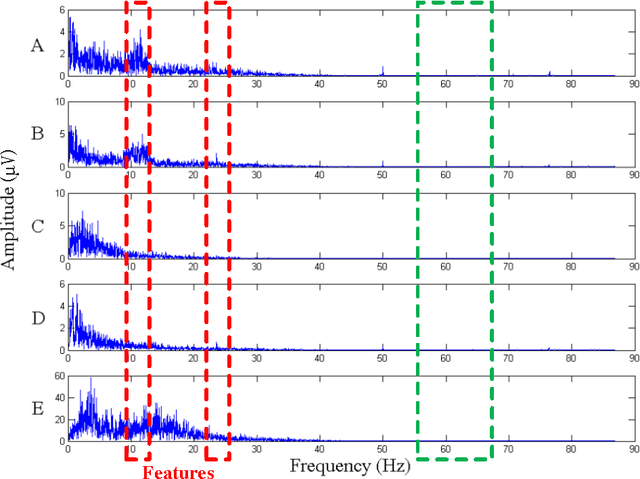

Abstract:In this paper, a genetic algorithm-based frequency-domain feature search (GAFDS) method is proposed for the electroencephalogram (EEG) analysis of epilepsy. In this method, frequency-domain features are first searched and then combined with nonlinear features. Subsequently, these features are selected and optimized to classify EEG signals. The extracted features are analyzed experimentally. The features extracted by GAFDS show remarkable independence, and they are superior to the nonlinear features in terms of the ratio of inter-class distance and intra-class distance. Moreover, the proposed feature search method can additionally search for features of instantaneous frequency in a signal after Hilbert transformation. The classification results achieved using these features are reasonable, thus, GAFDS exhibits good extensibility. Multiple classic classifiers (i.e., $k$-nearest neighbor, linear discriminant analysis, decision tree, AdaBoost, multilayer perceptron, and Na\"ive Bayes) achieve good results by using the features generated by GAFDS method and the optimized selection. Specifically, the accuracies for the two-classification and three-classification problems may reach up to 99% and 97%, respectively. Results of several cross-validation experiments illustrate that GAFDS is effective in feature extraction for EEG classification. Therefore, the proposed feature selection and optimization model can improve classification accuracy.
 Add to Chrome
Add to Chrome Add to Firefox
Add to Firefox Add to Edge
Add to Edge